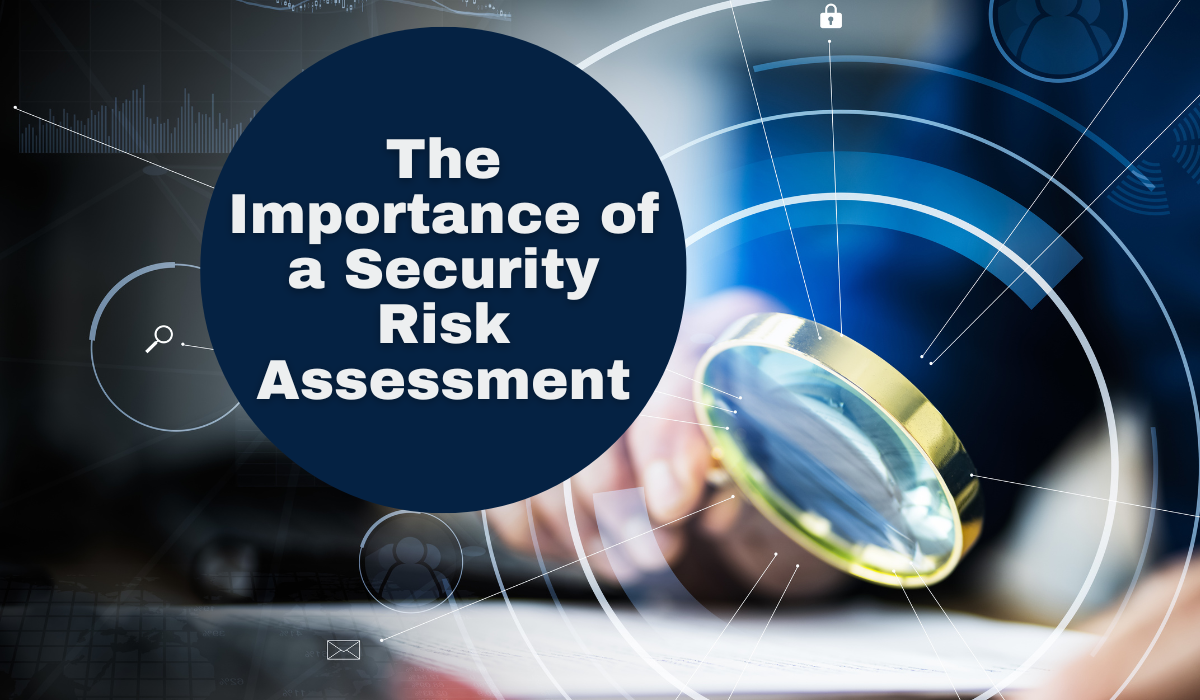
What is a security risk assessment (SRA) and how can it help your healthcare business? The protection of sensitive patient information and the integrity of critical systems is of paramount importance to any business. With the increase in cybersecurity threats, taking a proactive approach to security measures is far more ideal than being reactive to a breach. A comprehensive security risk assessment is the starting point.
Understanding Security Risk Assessments
A security risk assessment is a systematic process that identifies, evaluates, and mitigates potential risks to an organization’s information systems, data, and operations. It involves analyzing vulnerabilities, threats, and their potential impact on the organization’s security posture. The primary goal of a security risk assessment is to identify and prioritize risks. This allows organizations to develop appropriate strategies and controls to mitigate them effectively.
Identifying Vulnerabilities and Threats
The first step in a security risk assessment is identifying vulnerabilities and threats within your healthcare business. Vulnerabilities can exist in various areas. You must evaluate network infrastructure, software systems, physical security, and your human resources. Common vulnerabilities may include outdated software, weak passwords, insufficient access controls, or lack of employee awareness regarding security best practices.
Threats, on the other hand, are the potential risks and malicious activities that could exploit vulnerabilities. These include data breaches, ransomware attacks, insider threats, and unauthorized access to patient records. By assessing vulnerabilities and threats, businesses gain valuable insights into areas that require immediate attention to protect their assets effectively.
Assessing Risks and Impact
Once vulnerabilities and threats are identified, the next step is to evaluate the associated risks and their potential impact on. your business. Risk assessment involves examining the likelihood of a threat exploiting a vulnerability and the severity of the consequences if it were to occur. This process will help you to prioritize risks based on their likelihood and potential impact. You can then allocate resources effectively to address the most critical areas of concern.
Developing Mitigation Strategies
Armed with a clear understanding of vulnerabilities, threats, and risks, your healthcare businesses can proceed to develop targeted mitigation strategies. These strategies aim to reduce the likelihood of vulnerabilities and minimize the impact if a security incident occurs.
Mitigation strategies may include:
- implementing robust access controls and authentication mechanisms
- regularly updating and patching software systems
- providing employee security awareness training
- establishing incident response plans.
Additionally, encryption, intrusion detection systems, firewalls, and secure network configurations play crucial roles in safeguarding sensitive healthcare data and systems.
Regular Assessments and Continuous Improvement
Security risk assessments are not one-time exercises. They are an ongoing process that looks at the constantly evolving threat landscape and identifying new vulnerabilities as they emerge. Healthcare businesses should conduct regular assessments to reassess risks, identify new vulnerabilities, and evaluate the effectiveness of existing controls.
By continuously monitoring and improving security measures, your organization can adapt to emerging threats, ensure compliance with regulations, and maintain the trust of patients and stakeholders.
If you’d like to learn more about how HIPAA Secure Now can help, contact us today!




Leave a Reply